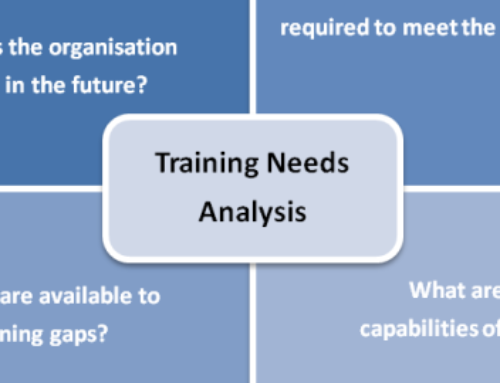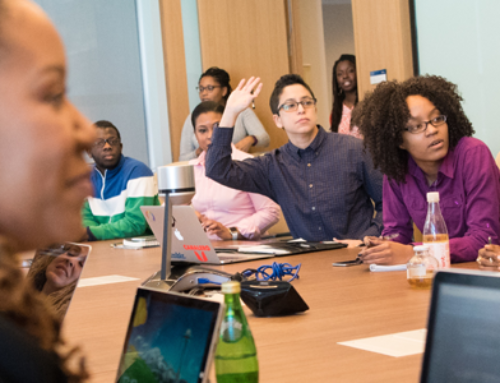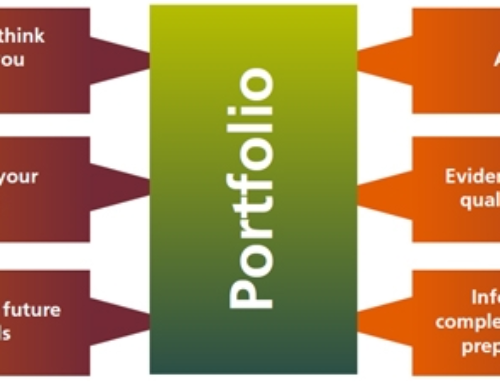The Taxonomy of Intrinsic Motivations for Learning was developed by Thomas W. Malone and Mark R. Lepper (1988). It is based on theoretical discussions on motivation both authors previously developed. The taxonomy of Intrinsic Motivations for Learning is divided into two sections.
I. Individual Motivations
A. Challenge
- A.1. Goals
- A.2. Uncertain Outcomes
- A.3. Performance Feedback
- A.4. Self-esteem
B. Curiosity
- B.1. Sensory Curiosity
- B.2. Cognitive Curiosity
C. Control
- C.1. Contingency
- C.2. Choice
- C.3. Power
D. Fantasy
- D.1. Emotional Aspects
- D.2. Cognitive Aspects
- D.3. Endogenity
Malone and Lepper’s Taxonomy is loosely based on several cognitive theories of motivation. Each aspect of their taxonomy is described below.
Challenge – Activities that provide an optimal level of challenge – neither too difficult or too easy. Vgotsky’s (1978) Zone of Proximal Development suggests that there is a learning threshold in any individual that cannot be passed without external intervention. It could be argued that the external intervention necessary to pass this threshold should be constructed to provide an optimal level of challenge to the learner.
Stating an explicit goal is important in a traditional environment. For environments that may not have explicit goals, such as open-ended learning environments or open-ended case studies, emergent goals can be generated by the learners themselves (Malone & Lepper, 1988).
An uncertain outcome is desirable to make the learning environment challenging. Malone & Lepper (1988) suggest this can be accomplished by varying the difficulty levels of the instruction, establishing multiple levels of goals (i.e., varying time constraints), providing incomplete information and making the learner seek out the missing elements, and applying randomness where possible (i.e., varying the room size when calculating the amount of paint needed to paint the room).
Performance feedback that is frequent, clear, constructive, and encouraging (building self-esteem) is required to make instruction intrinsically motivating. Numerous studies on feedback support these assumptions.
Curiosity – Sensory curiosity occurs when changes in light, sound, smell, etc. occur and one attends to that change. Special effects, such as zooming in, etc. all fall under this category. One use of sensory curiosity is for gaining attention. Cognitive curiosity can be stimulated by an incompleteness in the learning environment, an inconsistency, or an unparsimonious event.
Control – Control plays an important part in motivation, according to Malone and Lepper (1988). Learners will seek control of their learning environment. Knowles (1980) concurs with this statement, explaining that as a person matures, s/he moves from dependency to increasing self-directedness. When a learner makes a choice or takes an action, the result must be contingent upon that choice or action. Also, the learner must be able to make a reasonable amount of choices and not be straitjacketed into one learning path. Finally, the learner must perceive that s/he has power over the learning environment, which is demonstrated both through overt contingent responses to actions and the ability to make choices.
Fantasy – Fantasy is a category unique to the Malone and Lepper Taxonomy. In a fantasy environment, mental images of physical or social situations not actually present are evoked. A role-playing game might fall under the fantasy category, as might a case study. From an emotional standpoint, fantasies can help one to experience power, success, fame, and fortune. For a fantasy to fulfill an emotional need, the learner probably needs to identify with the character(s) in the fantasy. Thus, a case study that contains a person or persons similar to the learner will probably evoke a string emotional response and be more interesting (and motivating) to the learner. Fantasies may also help a learner to relate new learning to past experience. For example, using a dartboard simulation (or fantasy), something the learner is familiar with, the rules of physics can be explored in a way that makes sense to the learner.
Finally, fantasies where the skills to be learned and the fantasy itself are tied together in an endogenous relationship are believed to be more motivational. Such fantasies may provide for a state of flow. Such a state of flow must qualify as an optimally motivating experience. Flow is discussed in more detail in the following section.
II. Interpersonal Motivations
The second part of Malone and Lepper’s Taxonomy deals with interpersonal motivations. They believe that cooperation and competition are equally important and should be used appropriately. Also, a learner’s achievement should be made available to other people, so the need for recognition in the individual is satisfied.
- A. Cooperation
- B. Competition
- C. Recognition
Cooperation
Here again, Malone and Lepper distinguish between external and intrinsic motivating factors. They considered motivating cooperation through a group scoring system a weak extrinsic motivator. In contrast, they believed that learners would be much more highly motivated if the success of independent tasks (highly desired) would be dependent on the efforts of group members.
Competition
Similarly, Malone and Lepper noted that exogenous competition (e.g., motivated by leaderboards, class rankings, etc.) is a far weaker motivating force than endogenous competition, where people with conflicting goals work on dependent tasks. This doesn’t necessarily translate to positive outcomes, which in my opinion requires that cooperation motivators are stronger than competition motivators.
Recognition
In order for recognition to be a motivator, the results of a learner’s efforts have to be visible. Malone and Lepper again describe differences between exogenous and endogenous forms of recognition. They equated the former with honor rolls and the latter with situations in which the learners’ creative efforts are part of enduring artefacts (e.g., school newsletters, posters, wikis, blogs, etc.). Scenarios that foster endogenous recognition also foster additional learning as viewers of these artefacts will reflect on and learn from them.
In summarizing their ideas, Malone and Lepper noted that motivators are individual—what’s challenging or an interesting fantasy, will necessarily vary from person to person. Further, it will vary at different time points in a person’s “learning life.” Optimal learning environments are those that can accommodate these individual differences and the varying states of a learner’s growth.
Games and learning
Today, we see many worthwhile efforts to bring motivation back into instructional systems like schools and training programs and often games are invoked. We observe that children and adults are willing to spend hours at games that require problem-solving and critical thinking and we’d like to divert some of that love into learning efforts. This has led to some great results as well as to some less fortunate results—what Bruckman (1999) dubbed the “chocolate covered broccoli approach” where either game mechanics are tacked onto curriculum-based objectives or where learning objectives are crammed into games not designed to accommodate them. Often, as in some poorly thought-out gamification efforts, extrinsic motivators are slavishly used while intrinsic motivators are neglected or completely ignored.
Good learning games, in contrast, not only focus on intrinsic motivation, they attempt to achieve “intrinsic integration,”— the effective integration of a game idea with its learning content (Habgood, 2007, citing Kafai, 2001). How you achieve this intrinsic integration is still a debated topic (Habgood, 2007).
Habgood (2005), quoted below, proposed that well-designed learning games:
- Deliver learning materials through the parts of the game that are the most fun to play, riding on the back of the flow experience produced by the game and not interrupting or diminishing its impact;
- Embody the learning material within the structure of the gaming world and the player’s interactions with it, providing an external representation of the learning content through the game’s core mechanics.





